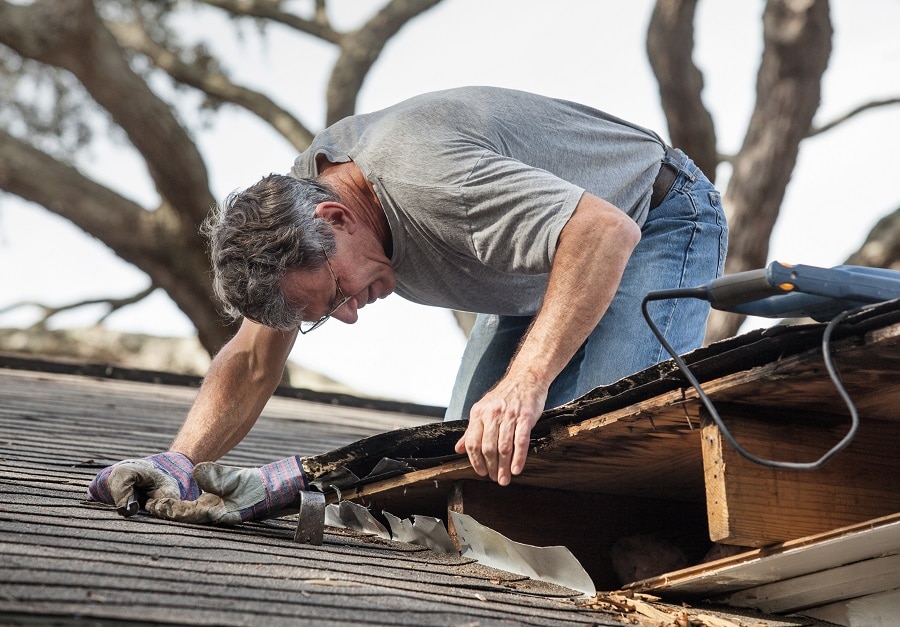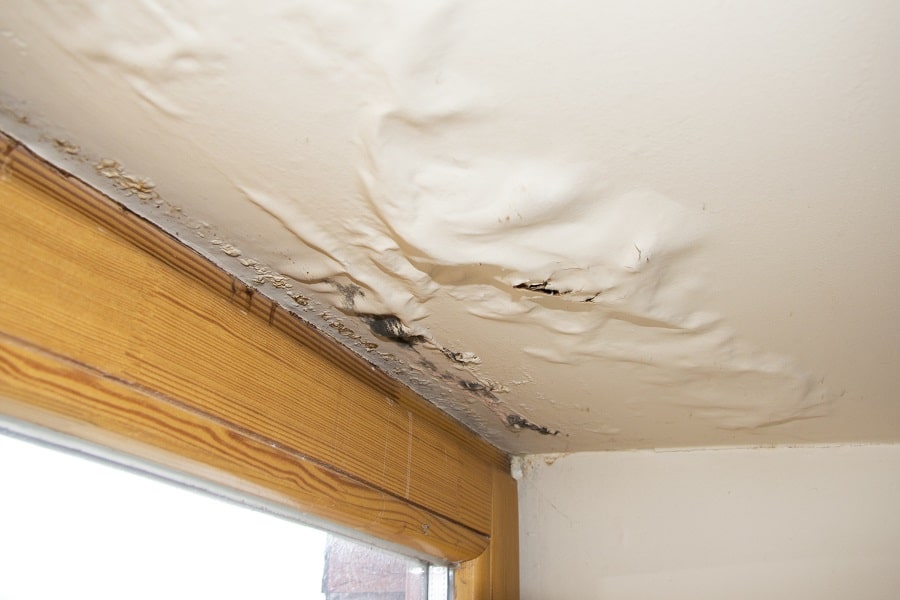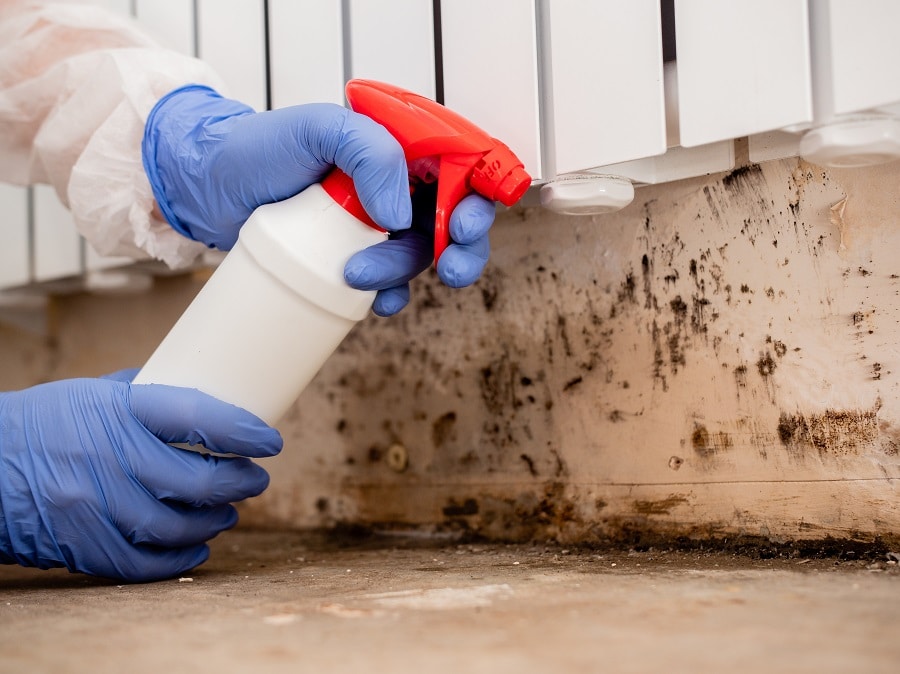Timber decay in buildings, regardless of their age, is often a result of rot. Wood rot commonly shows up in two forms: wet and dry rot, both forms are brought on by fungal decay in building timbers.
What is Wet Rot?
Wet rot refers to a parasite known to thrive in wet timber. It disturbs the timber, causing it to swell and the fibres to begin separating, leading to crumbling and loss of strength in the structural timber. Wet rot can expedite decay in timber, making it lose structural integrity and to eventually break. Wet rot in structural wood is due to increased exposure to moisture. This exposure could be in the form of penetrating damp from the ‘wet’ side of the building or faulty plumbing. Wet Rot is a fungus and will spread to neighbouring timbers, which in turn suffer damage.
Our Guarantee
- upto 30 year guarantee
- customer focused team
- 20 years combined experience
- portfolio of satified customers
- attention to detail
- Construction line accreditation
- public liability insurance
- CHAS accreditation
What is the Difference Between Dry Rot and Wet Rot?
Dry rot causes more and faster damage to structural timber as it spreads and consumes structural wood within a property. The wet rot fungus, on the other hand, is more common but typically less serious, usually restricting the decay to where the timber becomes and remains wet. In the absence of obvious fungus, we can differentiate Wet Rot from the Dry Rot by observing the differences in the timber colour and the type/size of cracking seen on the timber with the progression of either type of rot.
What causes Wet Rot?
Certain environmental conditions are behind the development of wet rot spores. Moist timber is the major cause of wet rot in timber. Moisture expedites the progression of wet rot fungi. In these cases, the timber starts to show visible signs of decay.
The Dangers of Wet Rot in Haywards-Heath
Wet rot is a serious issue to deal with. It can destroy your property and reduce its value. Wet rot must be treated immediately it is noticed, or it will spread throughout your home. A survey of 2,038 London property owners inquired whether they had experience with wet rot in their homes, where the problem was identified, and how effective they were at preventing future cases.
The shocking results revealed that more than 20% had experienced wet rot in their homes. Wet rot destroys timber flooring and can make the building structurally unsafe. Besides the costly repair work required to get rid of wet rot, it can also reduce your property’s value, and many insurance firms do not provide coverage for houses where there is moisture ingress and damp build-up.

What are the Warning Signs of Wet Rot?
The progression of the fungus from its appearance to become a pervasive issue depends on the moisture it is exposed to. Common signs include a malfunctioning central heating boiler, musty smell, peeling wallpaper, and cookers not working properly. Some of the common areas where wet rot can be found include roof spaces and attics, underneath the kitchen sink, and along the external walls. Wet rot typically affects old buildings which were built using timber frames other than modern species like Meranti and Sapele. Timber from beneath the ground level up to one-floor level is also commonly affected by wet rot. Identifying wet rot or dry rot is the first step toward preventing it. If you have reason to believe that your home has been infested by wet rot, then you should conduct a damp survey at once.
Call Our Sussex Damp Experts team now for quote, consultation and advice:
Call on 01273 257 765.
How and When Should I Look for Wood Rot?
It should be conducted annually. Similar to spring cleaning, you need to inspect your home for telltale signs of wood rot or damp, and the period reserved for weatherproofing activities before winter is an ideal time to do this. You will need a decent flashlight and a screwdriver, preferably one with a long handle.
If your building has one, check the siding below and around the windows for any sign of swelling or discolouration in the wood. Wood rot can be disguised by paint, make sure you poke the siding with the screwdriver to be sure that it is solid. If you notice that the wood feels spongy and the surface gives in to pressure, then you have wood rot. Scan the attic with a flashlight for discoloured wood. Transition to the screwdriver test if you notice any. There are some prime spots you should examine for the growth of wood rot in the attic including the edges where the eaves are formed by slanting rafters, the roof decking base, and the joints where wood logs intersect at the top of the roof.
Using a flashlight to spot discolouration around the perimeter wood plate on the concrete wall, check wood members in the basement or crawl space (sill plate). Use the screwdriver test, wherever necessary, on any discoloured regions. Examine the walls and floors to detect discolouration under the sink or water leaks around baths, tubs, and the water heater.
How do we identify wet rot?
Identifying wet rot is not an easy feat, several forms of wet rot have different effects on timber. An excellent way to confirm rot in painted timber is to stick a knife in it, up to the hilt. Our damp-proofing experts are trained to identify the following:
- Localised fungal growth on timber
- The soft, spongy feel of timber; the affected area appears darker than the surrounding timber.
- The soft and spongy texture of rotting timber; the affected region often looks darker than the other parts.
- That spongy, soft feel timber gets when affected by wet rot; the affected parts are darker than the other areas.
- The spongy, soft texture of rotten timber; the infested area is darker than the other parts.
- The springy feeling that is an indicator of wet rot; the affected area is often darker than others around it.
- Crumbling of affected dry timber into particles.
- Dry timber crumbling into particles.
- The crumbling of infested timber into dry particles.
- Dried-out timber disintegrating into particles.
- The disintegration of rot-eaten timber into particles.
- Shrinking timber
- Bleaching wood in window and door frames
- Flaky or damaged paint
- A musty, damp smell
What to Do After You Detect Wet Rot?
You need a damp expert to treat wet rot and make sure the source of moisture is cut off to prevent a recurrence. For further information about treating wet rot, call us on 01273 257 765 and let Sussex Damp Experts help.
Wet Rot and Damp Proofing in Haywards-Heath

We can provide help with damp proofing and wet rot treatment in Haywards-Heath. Call us if you notice any signs of damp or wet rot in your home, we can fix the problem and help you avoid the health risks and potential damage to your building’s structural integrity as the decay spreads. Our qualified surveyors will help you identify the cause of the issue and the best steps to take in rectifying it.
Timber damp proofing is a deliberate attempt to protect the timber from moisture damage which could lead to decay. Protection for timber is possible in two ways.
Surface treatments can never be relied upon; they will always fail, eventually making the situation worse when they do. The only solutions are either fully covering the surface using a membrane, replacing the timber, or treating it. If you want to speak to our experts for further information on wet rot treatment, call 01273 257 765 today and let Sussex Damp Experts help.
Wet Rot Treatment Specialists in Haywards-Heath
With over ten years of experience in the field, we are one of the leading wet rot specialists in Haywards-Heath, offering free surveys and no obligation quotations to householders, landlords and commercial property owners. Our team of experts will visit your property and investigate the source of the wet rot and provide advice on the next steps to take to get rid of it. Our team of experts can diagnose and treat all types of wet rot in properties using advanced methods.
Wet Rot Treatment in Haywards-Heath
Wet rot commonly attacks areas that remain damp due to constant exposure to moisture. However, when we treat wet rot, we do not just fix the damage caused by it. The problem must be treated at its source. We investigate how moisture comes in contact with the timber and eliminate all future threats that could lead to a similar situation. You should make sure wet rot treatment is handled by professionals to guarantee the best results. Delaying treatment can lead to a steeper cost of treatment. The best thing to do when you notice signs of wet rot or damp is to call experts such as Sussex Damp Experts for help.

We have the technical knowledge to handle wet rot treatment effectively. Sussex Damp Experts is here to help, we waste no time in identifying the cause for dampness and, which areas have been damaged. Don’t wait any longer, pick up your phone and call us on 01273 257 765 or by using the contact form on our website.
Our Wet Rot Treatment Process in Haywards-Heath
The more you delay starting treatment, the worse the situation becomes. Treatment might only be required for a small area if you can detect the signs of fungal rot early enough. In situations where the rot has advanced across your timber’s breadth, you may need to get replacements for full timber beams or take on major repair work. Treating wet rot entails various procedures. The treatment of any fungus-related problem involving timbers must begin by preventing the timber from getting damp. If there is a seepage of water into your home or timber, regardless of whether the cause is broken guttering, condensation, or anything else, we locate the source of water/moisture ingress and take corrective action. Contractors or builders who do not have the required expertise in rot treatment often opt to replace the affected wood. Thereafter, such treatment typically involved the spraying of chemical preservatives in the affected area. This can only lead to failure. If you harbour the slightest suspicion that you could be facing a wet rot problem in your property, our team at Sussex Damp Experts is ever ready to help you identify, remove and treat it.
What happens to Wet Rot if left untreated?
If you fail to treat wet rot, the structural timber in your property will eventually weaken and, in certain cases, will prove a threat to the safety of residents in the home. When rot sets in, the timber becomes spongy and soft, and caves in when you prod it with a sharp edge such as a knife or screwdriver. An extreme result means that structural timbers lose their integrity over time. In a worst-case scenario, this means your property could be condemned. Call Sussex Damp Experts 01273 257 765 to get started.
What is the cost of Wet Rot Treatment in Haywards-Heath?
The effects of rot are devastating for any property. The type of damage done as well as the severity will determine the cost of remedial work and damp proofing to be done. However, don’t let that discourage you. With our experts who are always willing to help, you will find that wet rot treatment in Haywards-Heath doesn’t have to cost a fortune. We are here to help you make the right decision for your home and families wellbeing.
How to prevent wet rot?
Wood should be protected from moisture at all times to prevent decay. Wood hardeners for use on timber at risk of being affected by wet rot are also an effective measure. The wood gains strength after the hardener soaks into it. The most vulnerable areas in a building are the window boxes and sills, including timber beams that haven’t been damp proofed and stand close to brickwork.
Talk to Our Wet Rot Treatment Experts Today!
If you want to speak to our experts for further information on wet rot treatment, call 01273 257 765 today and let Sussex Damp Experts help.
FAQ
Is wet rot smelly?
Is Wet Rot Capable of Spreading?
Can Wet Rot Cause Health Problems?
Is there a DIY treatment solution?




